TLDR: The rise of AI-generated art sparks debate on its impact on traditional artistry, with supporters viewing it as a creative tool and critics fearing it undermines human authenticity. Key issues include the role of human connection, ownership, and the ethical implications of blending technology with art.
In the evolving landscape of Artificial Intelligence, a significant topic of discussion is the impact of AI-generated art, particularly concerning its reception among traditional artists and art enthusiasts. The rise of AI technologies has given birth to unique forms of art, leading to questions about the nature of creativity and the role of human touch in artistic expression.
The phenomenon of AI-generated art has sparked a debate on whether it is constructive or destructive to the art world. Proponents argue that AI can enhance the creative process, providing artists with new tools and inspiration, while critics express concerns that it may undermine the authenticity and emotional depth that human artists bring to their work. This tension highlights the dual nature of AI as both an innovative force and a potential threat to traditional practices.
Artists like those associated with the iconic Studio Ghibli have raised their voices in this debate, emphasizing the importance of human connection and storytelling in art. They argue that while AI can mimic styles and generate images, it lacks the intrinsic values that real artists convey through their experiences and emotions. This sentiment resonates deeply within the artistic community, where the essence of art is often tied to the human condition.
Moreover, as AI continues to evolve, the question of ownership and copyright in AI-generated works becomes increasingly relevant. Who owns the creations of an algorithm? This ambiguity poses challenges for both artists and legal systems, as the lines between creator and creation blur.
Ultimately, the discussion surrounding AI-generated art is multifaceted, encompassing not just aesthetic concerns but also ethical implications. As technology advances, it is crucial for artists, critics, and audiences to engage with these developments critically. The future of art may well depend on how we navigate the intersection of technology and art, balancing innovation with the irreplaceable human touch that defines true artistic expression.
Please consider supporting this site, it would mean a lot to us!



